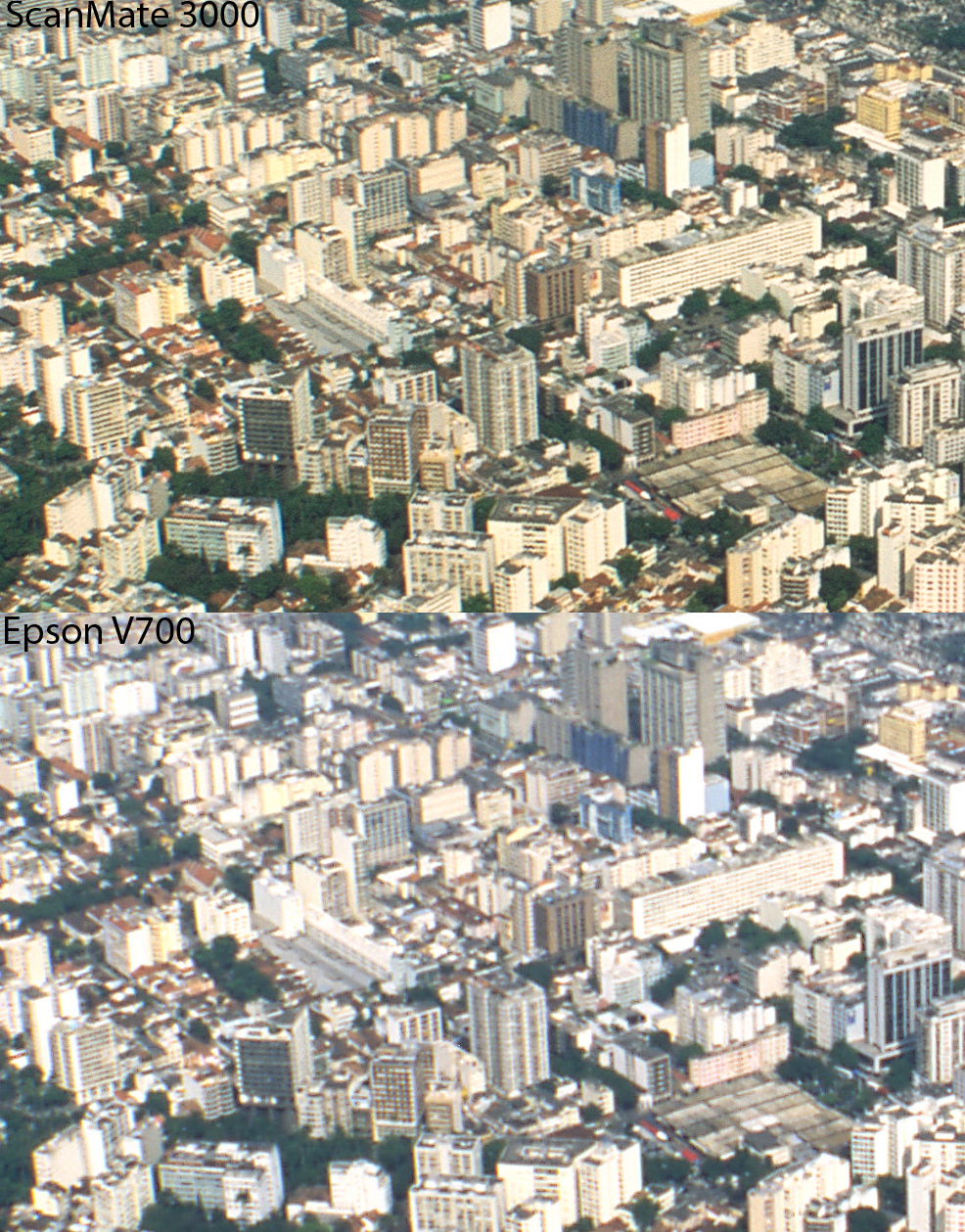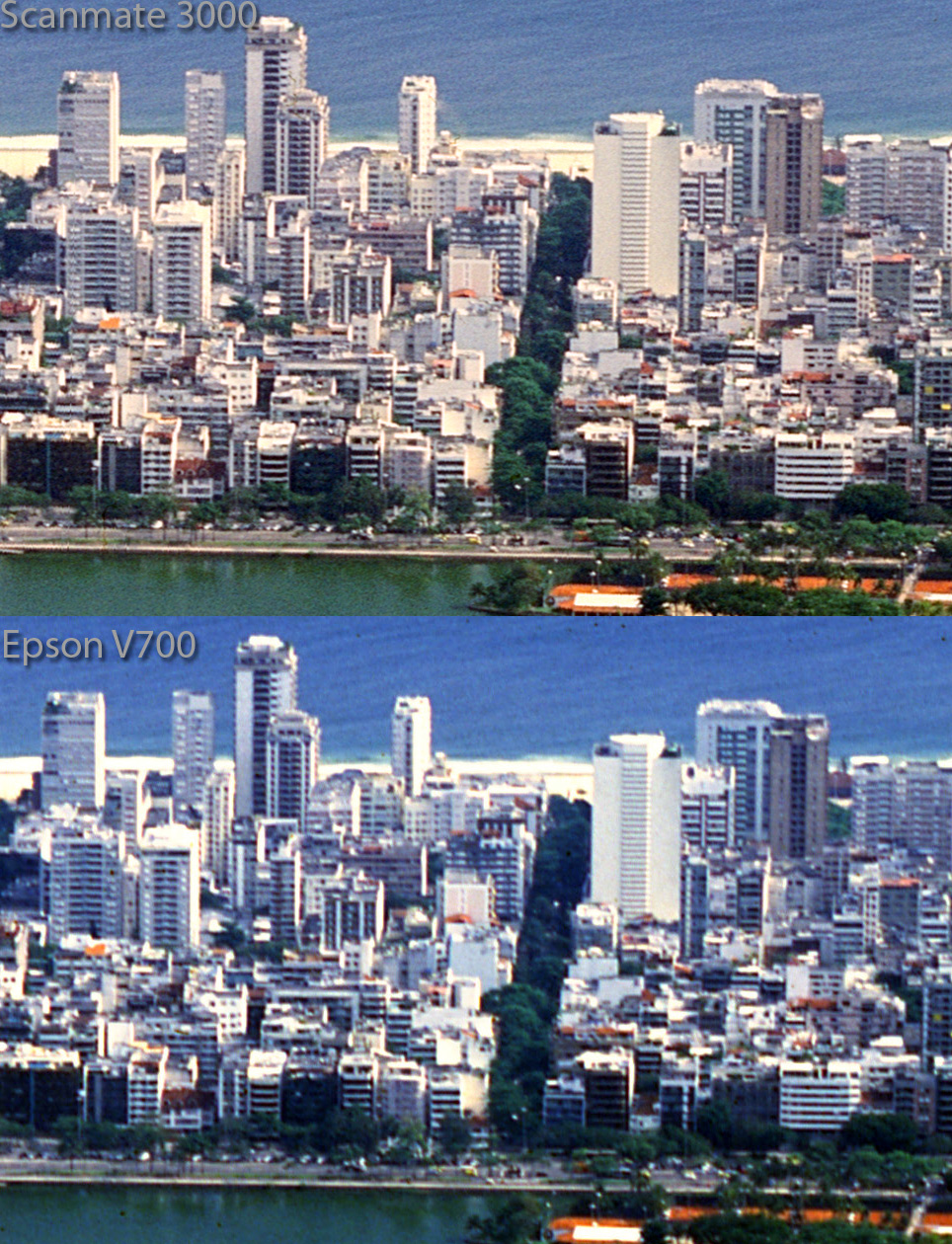Dear Readers,
It’s been quite a while since we
hosted the last portfolio (for reasons pointed out formerly). I am quite sure
anyone of you, when you see a hand-tinted BW photo, first thinks about Jan
Saudek. Not wanting to be unjust about the Maestro-his photos deserve
admiration-but there are others (albeit few) masters of hand-tinted BW photos,
including the young French photographer Mathieu Noir, currently residing in Wellington (New Zealand). The only trouble with
the young masters of the hand-coloring technique, including Mathieu, is that they
are not as famous as the great Saudek. I hope Mathieu will gain the due
recognition among the photo community. But there’s more about Mathieu’s work;
he also tastefully masters the art of
pull-developing his negatives-take a look at the “creamy” highlights of his
“regular” BW photos-and, last but not least, the almost forgotten art of analog
photo manipulation (no Photoshop whatsoever). He uses several negatives (even
shot in different places or countries) and combines them during the printing
process. About the latter technique, he states “I like the idea of capturing
places or moments that never met to achieve one photograph”- so true. He
started to do these photo manipulation techniques because both
pre-visualization and post-visualization abilities are obviously required. He
also says about the matter: “The photographs I make can be aesthetically
coherent, but I try to create then in order to be read such as independent
visual poetry.” I agree. And to point out is also the fact that all this
striking results have been made using rented darkrooms, not his own (not having
one a the moment). We can only wish Mathieu to get a lucky strike soon, to be
able to settle his own “sacred place”, i.e. the darkroom.
Besides Saudek, his influences range
broadly, from the early anonymous photographers, as well as numerous
Eastern-European photographers, such as, Vojtech V. Slama, Josef Sudek, and
other various like Ouka Lele, Sarah Moon, Doisneau and so on.
Mathieu’s other work can be seen on his website. His wish is to make a
photography exhibition at Toi
Poneke Art
Gallery entitled “Hand Colored
Visions and Skies”. And we just hope this exhibition will be soon. Enjoy his
work!
All photos copyright: Mathieu Noir



















